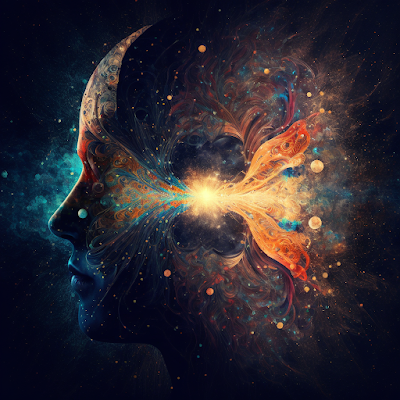The String Theory Debate: Is it Correct?
Introduction
String
theory is a theoretical framework in physics that attempts to unify the
fundamental forces of nature and explain the properties of subatomic particles.
Despite its potential, string theory has been met with skepticism and criticism
from many scientists. This blog post will explore the main motivations for
string theory, the criticisms it faces, and the arguments in favor of the
theory.
The Motivation for String Theory
The current
standard model of particle physics is incomplete as it does not include gravity
and cannot fully explain the properties of dark matter and dark energy. String
theory incorporates gravity and has the potential to unify all of the
fundamental forces of nature, including gravity, electromagnetism, and the
strong and weak nuclear forces. String theory posits that the basic building
blocks of the universe are not point-like particles, but tiny, one-dimensional
"strings" that vibrate at different frequencies.
The Criticisms of String Theory
One of the
main criticisms of string theory is that it is not testable or falsifiable,
meaning that it cannot be experimentally verified. The strings that make up the
theory are incredibly small, on the order of 10^-33 centimeters, and therefore
cannot be directly observed. Additionally, the theory predicts the existence of
extra dimensions that are beyond our current ability to detect. Another
criticism is that string theory is not unique, and there are several different
versions of the theory, each with their own set of assumptions and predictions.
The Arguments in Favor of String
Theory
Despite
these criticisms, many scientists continue to work on string theory and find
new evidence and support for the theory. One of the main arguments in favor of
string theory is the idea of "dualities." These are relationships
between different versions of the theory that suggest that they are not
separate and distinct theories, but rather different manifestations of the same
underlying theory. This idea has led to new insights and predictions that have
been supported by observational data.
Conclusion
In
conclusion, string theory is a theoretical framework in physics that attempts
to unify the fundamental forces of nature and explain the properties of
subatomic particles. While it has many potential benefits, it has also been met
with skepticism and criticism due to its lack of testability and the fact that
there are multiple versions of the theory. However, many scientists continue to
work on string theory and find new evidence and support for the theory.
Ultimately, whether or not string theory is correct will likely be determined
by future advances in technology and observational data.













Comments
Post a Comment